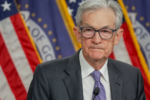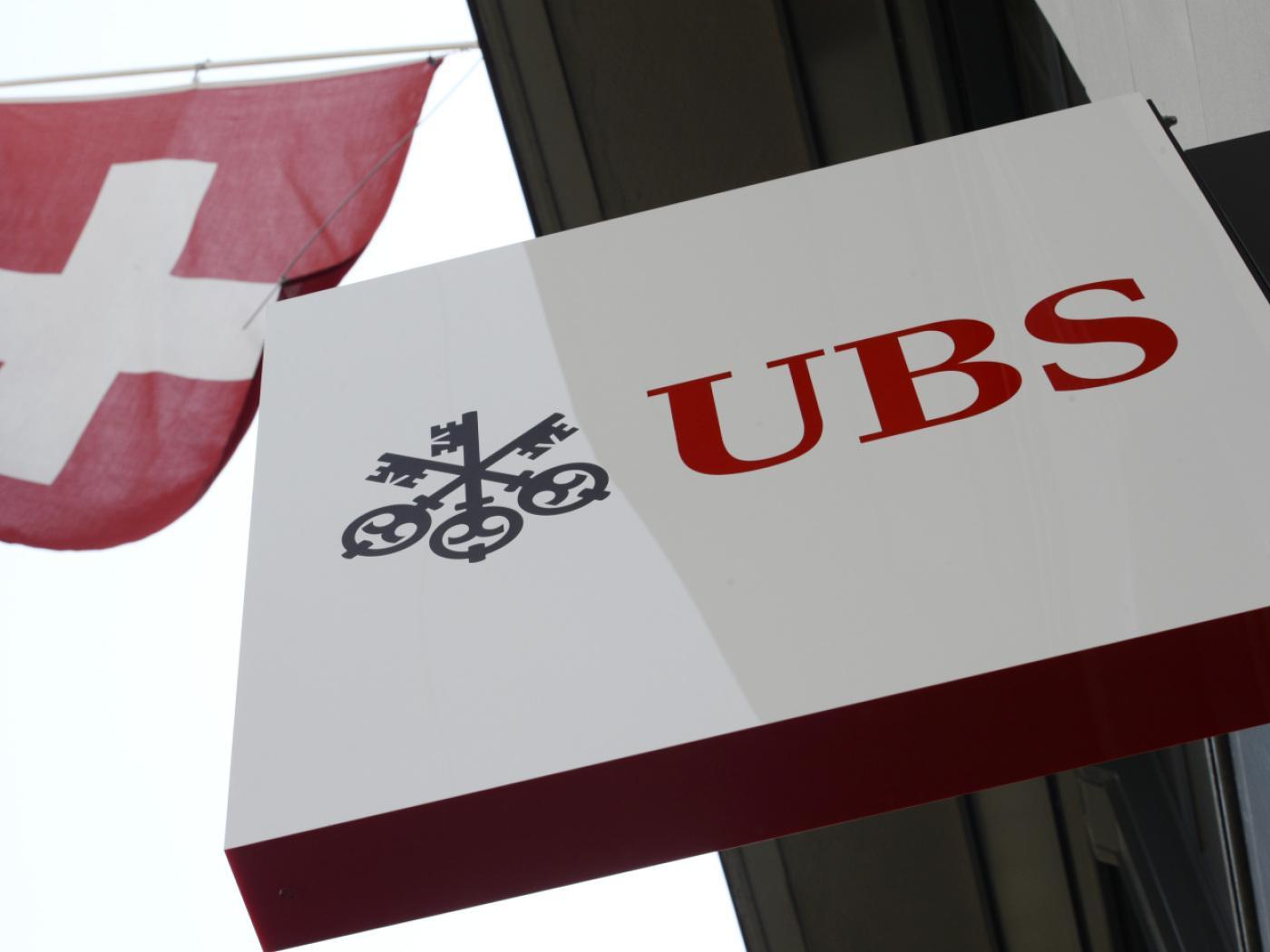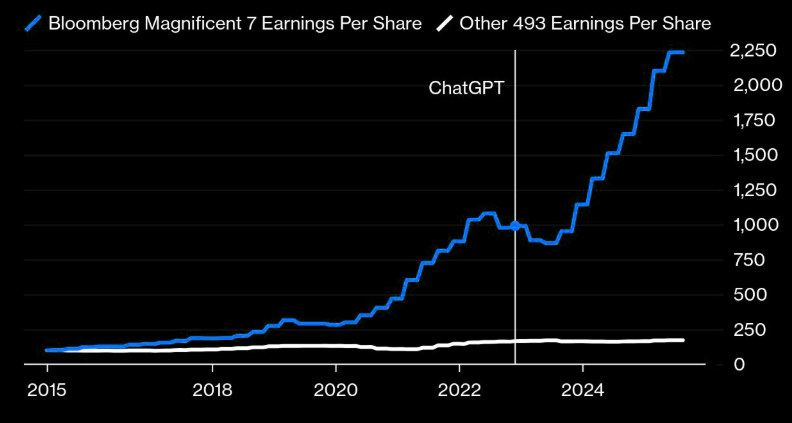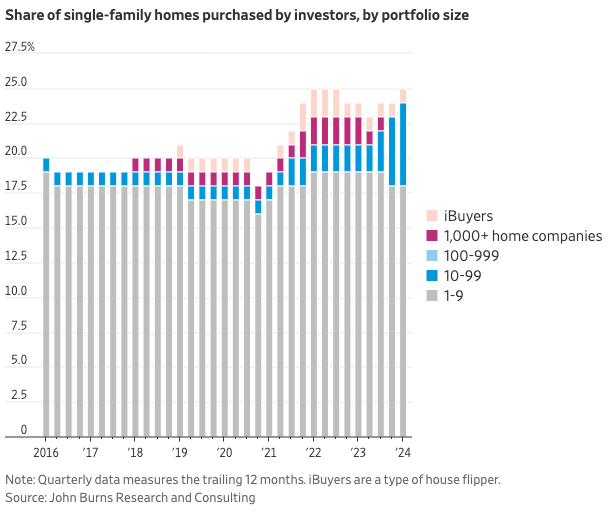Overview: With mixed elements, the market took the US jobs data as relatively strong and took the dollar and US rates higher. The EU Parliament election has shaken up European politics, with the Belgium government collapsing and French President Macron calling a snap legislative election for the end of the month. Holidays in China, Hong Kong, Taiwan, and Australia made for thinner Asia Pacific trading, but the euro was sold and has reached to one-month lows slightly below $1.0740 in the European morning. The dollar is mostly firmer today against the G10 currencies and emerging market currencies. Ahead of Wednesday's US CPI and FOMC meeting, the greenback is likely to remain firm.
Japanese stocks moved higher, but that is the notable exception. Most other markets in the region fell, and Europe's Stoxx 600 is off around 0.8%. US index futures are trading heavily. They lost ground after the US jobs report after the S&P 500 and NASDAQ set record highs the previous day. Bond markets are under more pressure. The 10-year JGB yield jumped seven basis points to 1.03%. European benchmark 10-year yields are mostly 4-9 bp higher, with the French bond yields rising most, and Italy not far behind. Near 3.19% and 4.04%, respectively, both are near six-month highs. The 10-year US Treasury yield rose nearly 15 bp after the employment report, is up another couple of basis points today to 4.45%. The stronger dollar and higher rates at the end of last week, sent gold sharply lower and it has not recovered today. It settled below $2300 for the first time in a month and has been unable to re-establish a foothold above it today. July WTI is trading quietly inside the pre-weekend range between about $75.25 and $76.00.
Asia Pacific
This week begins off in some sense reacting to last Friday's US jobs report and the EU Parliament elections. China, Hong Kong, Taiwan, and Australian markets were closed today for national holidays. There are three highlights this week in the region: Australia's May employment report tomorrow, and the BOJ meeting conclusion and China's CPI on Friday. Australia's disappointing Q1 GDP reported last week has boosted the market's perception of a rate cut this year, but a firm employment report, with a possible tick lower in the unemployment rate, given the high inflation may keep the central bank on the sidelines. The BOJ is unlikely to do anything but may hint at the next step in the normalization process, slow bond purchases from the current roughly JPY6 trillion (~$38.5 bln) a month. It owns almost JPY600 trillion of JGBs, more than half of the outstanding marketable debt, which is also roughly the size of Japan's GDP. The BOJ's balance sheet has other assets, including equities and is closer to 125% of GDP. In China, CPI is expected to have edged up and the PPI may show slightly less deflationary pressures. Despite the speculation that the PBOC will ease monetary policy as early as this month or next, the swaps market sees this as a low probability event. The PBOC set the one-year Medium-Term Lending Rate next Monday. It has been at 2.50% since last August. Rather than cut the rate, we expect the PBOC to boost the lending through the facility.
The dollar posted a bullish outside up day against the Japanese yen on Friday by trading on both sides of Thursday's range and closing above it high. Rising US rates again facilitated the dollar's recovery. The greenback reached almost JPY157.10 ahead of the weekend before settling near JPY156.75. It edged up to JPY157.20 in the holiday-thinned Asia Pacific sessions. It has not been above JPY157.70 since the BOJ's intervention on May 1 (shortly after the FOMC meeting). Support is seen in the JPY156.50-70 area. The Australian dollar was pushed out of its $0.6600-$6700 range ahead of the weekend. Support at $0.6680 held, but the close below $0.6690 was the lowest settlement since May 8. A marginal news low near $0.6675 was recorded today. The next technical target is near $0.6540. The jump in US yields and dollar rally, especially against the yen, warned that the yuan would be under pressure today. Although the mainland market was closed today, the offshore yuan was weaker. The dollar looks poised to approached CNH7.2725 area against the offshore yuan. It is approaching the year's high, set near CNH7.2825 in mid-April.
Europe
Given the ECB's rate cut last week and the market sensitivity to the US CPI and FOMC meetings, the eurozone economic considerations are out of focus this week. It is about politics and the post-mortem of the European Parliament elections. Macron, in what seems to be a bold and desperate move, called for snap legislative elections for June 30 (second round July 7). Le Pen garnered more than twice the votes of Macron's party. Macron's term as president has three more years, but poor showing will leave him mortally wounded politically. The seven-party governing coalition in Belgium has collapsed and new elections will be called. In Germany, the Afd received more votes the Social Democrats. EC President von der Leyen looks likely to secure a second term. The UK reports employment data tomorrow, and, given the market's understanding of the BOE's reaction function, the average weekly earnings often are more of the focus that the job growth or claimant count. On Wednesday, the UK reports April GDP with the details. That said, the data is unlikely to persuade the market that the BOE will cut rates next week. Moreover, the market has had less than a 50% chance of an August cut since May 22 when the higher-than-expected April CPI was reported.
The euro was flirting with the upper end of its recent range around $1.09 before the US jobs data sent it to the lower end of the range near $1.08. Several technical considerations converge around $1.0785. New of Macron's gambit pushed the euro through it in early Asia Pacific activity today. It has fallen further in Europe, slightly below $1.0740. The next area of support is seen around $1.0700-20. Sterling shed a cent after the US jobs data. It frayed the 20-day moving average (slightly below $1.2720 before the weekend) and $1.2690 today in Europe turnover. A break of the $1.2675 area would confirm a top is being formed. It would target next the $1.2630-40 area.
America
The US labor market has many dimensions and Fed Chair Powell has noted this. There is no single number that does for the labor market what the PCE deflator does for inflation. There are often contradictory mixed signals. The establishment survey showed a stronger than expected increase of jobs while the household survey, which is the source of the tick up in the unemployment showed a large decline. The key takeaway is that the data is consistent with a gradual slowing of the labor market but is unlikely to move the needle for Fed officials. The US labor market remains sufficiently resilient that the Fed can take more time to ensure inflation is indeed on its way to the target.
Canada's labor market is slowing more than in the US and this reinforced the sense that the Bank of Canada could deliver another rate cut before the Federal Reserve moves. The US two-year premium over Canada rose 20 bp last week and near 90 bp it is the highest since 2005. With last week's close above CAD1.3750, for the first time since the end of April, there is little technically that stands in the way of CAD1.3785-CAD1.3800 initially, and then the year's high from mid-April near CAD1.3850. The broad dollar movement (think Dollar Index), the general risk sentiment (think S&P 500) and rates (policy divergence, two-year rate differentials) may be the main drivers. News that the Trudeau government will call for a vote on its plan, still not finalized, to increase the inclusion rate for capital gains tax is doing the Canadian dollar no favors. Capital struck Mexico after voters gave the Morena party and its allies sufficient representation to change the constitution. The peso itself was crushed, dropping by about 7.5% last week. The Bolsa lost almost 4%. Mexico's 10-year dollar bond yield rose 10 bp last week compared to the four-basis point increase in the US Treasury yield. The unwinding of the overweight position among asset managers will take some time. In the week covering the first two sessions after the election, speculators (non-commercials) in the futures market added about 3.7k contracts to the net long peso position. Many late longs likely bailed but the point is the position adjustment is likely not over. At the end of last week, the dollar approached the highs from Q4 23, a little below MXN18.50. News that the Morena party did not capture a 2/3 majority in the Senate, offered the peso initial support, but it is close enough that finding a few allies seems possible. The dollar briefly traded below MXN18.2250 but rebound to approach MXN18.47. Above MXN18.50, the next important chart area is not until MXN19.00.
Tags: #USD,Australia,Bank of Canada,Bank of Japan,China,Currency Movement,EU,Featured,France,jobs,newsletter,U.K.,US

































